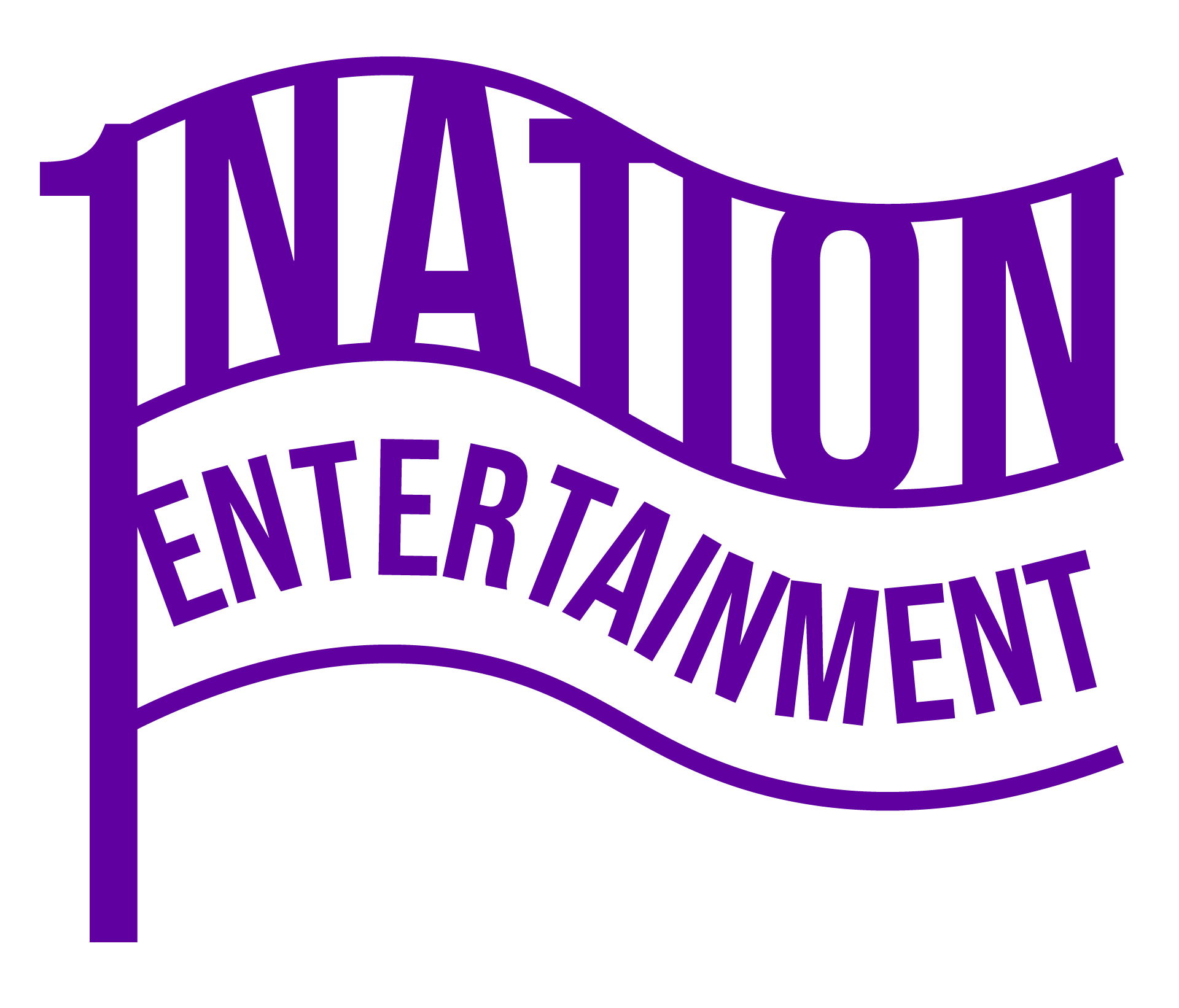The music industry continues to evolve rapidly, driven by technological advancements, shifting consumer preferences, and the constant pursuit of innovation. As we step into 2025, the landscape of music production, distribution, and consumption is poised for significant transformation. From the rise of AI-driven music production to the continued dominance of streaming platforms, the industry is embracing new trends that redefine how music is created, consumed, and shared globally.
This year promises to be particularly exciting, with several key developments shaping the future of music. One notable trend is the growing influence of artificial intelligence in music production, enabling artists to experiment with unique sounds and streamline creative processes. Additionally, the music streaming platforms are expected to see further growth, with personalized recommendations and immersive experiences becoming the norm.
Virtual concerts and live streams are also playing a pivotal role in redefining the way fans engage with their favorite artists. These digital events are not only providing access to performances but also fostering new revenue models and interactive experiences for musicians. Meanwhile, the global music market is expanding, with regional shifts influencing everything from genre popularity to cultural adaptations in music production.
Fan engagement strategies are also evolving, with artists leveraging social media, AR filters, and personalized playlists to build deeper connections with their audiences. At the same time, the music licensing landscape is undergoing changes, presenting both challenges and opportunities for independent artists and established labels alike.
As we navigate these transformative trends, one thing becomes clear: 2025 is set to be a year of innovation, collaboration, and global connection. Stay tuned as we delve into these dynamics and explore how they are reshaping the music industry.
Key Takeaways
– The Major Labels Dominate the Market: The “Big 3” record labels—Sony Music Entertainment, Universal Music Group, and Warner Music Group—still hold significant power, controlling much of the music industry’s revenue and artist signings.
– Independent Labels and Digital Platforms Thrive: Despite the dominance of the majors, independent labels and digital platforms offer opportunities for emerging artists to break through and reach fans globally.
– Innovation Drives the Industry Forward: The music industry is seeing advancements in technology and streaming platforms, reshaping how music is consumed and distributed worldwide.
– Fan Engagement Strategies Evolve: Artists are increasingly leveraging social media and personalized content to connect with fans in creative and impactful ways.
– Global Expansion Is Key: The music industry is becoming more interconnected, with international collaborations and cross-border streaming driving growth and diversification.

Music Industry Trends in 2025
The music industry in 2025 is experiencing a dynamic shift driven by technological advancements, changing consumer preferences, and innovative artistic expressions. Here are the key trends shaping the industry:
1. Genre Evolution
Genre boundaries are increasingly being blurred as artists experiment with fusion styles. The rise of online tastemakers and algorithm-driven platforms has led to a more eclectic listening habits among fans. Expect to see more hybrid sounds blending pop, rock, hip-hop, and classical elements.
2. Technological Integration
AI and machine learning are revolutionizing music production, enabling faster creation of tracks and personalized soundscapes. Virtual reality (VR) and augmented reality (AR) are also transforming live performances, offering immersive experiences for fans worldwide.
3. Sustainability in Music
Eco-consciousness is becoming a priority in the industry. Artists and labels are adopting sustainable practices, from reducing plastic waste to offsetting carbon emissions. Music festivals are also embracing renewable energy sources to minimize their environmental impact.
4. Cross-Genre Collaborations
Artists are crossing over into different genres to create unique sounds. For example, K-pop stars are collaborating with jazz musicians, while trap beats are being incorporated into Latin music. These collaborations are breaking down traditional barriers and creating fresh innovations.
5. Fan Engagement Innovations
Fans are now able to interact with music in more immersive ways. Platforms are introducing gamification elements, allowing fans to earn rewards by participating in quizzes or voting for their favorite songs. AR features are also enabling fans to visualize music videos in new dimensions.
6. Rise of Regional Talent
Independent artists and regional talent are gaining more recognition due to the democratization of music distribution. Platforms are giving smaller artists the tools to produce high-quality content and reach global audiences. This trend is fostering a more inclusive and diverse music ecosystem.
These trends underscore the music industry’s adaptability and its ability to evolve with the changing times. As technology continues to advance and fan preferences diversify, the industry is poised for exciting new developments.
What is the Newest Trend in Music?
The music landscape is constantly evolving, and 2025 has brought forth some exciting and innovative trends. Here’s a breakdown of the most prominent ones:
-
Streaming Platforms Dominance
With the rise of technology, streaming platforms continue to shape the music industry. Platforms like Spotify and Apple Music are not just platforms for consumption but also hubs for discovery and engagement. Algorithms play a crucial role in shaping what listeners hear, leading to personalized music experiences.
-
Gen Z and TikTok Influencers Impact
Short-form video platforms like TikTok have become a major driver of music popularity. Artists who go viral on TikTok often see significant boosts in streams and sales. This trend emphasizes the importance of visual storytelling and catchy hooks in modern music.
-
Spatial Audio and Immersive Experiences
With advancements in technology, spatial audio is revolutionizing how music is experienced. Platforms like SoundCloud and YouTube are integrating spatial audio tracks, offering listeners a more immersive experience.
-
Sustainability in Music Production
Environmental consciousness is becoming a key focus for musicians and labels. From eco-friendly tour buses to carbon-neutral recording studios, the music industry is striving to reduce its environmental footprint. This trend aligns with global efforts toward sustainability.

Music Trends Among Gen Z
Generation Z, often referred to as Gen Z, has developed its own unique music preferences and trends. Here are some key aspects of the music scene among this generation:
- Genre Blending: Gen Z listeners enjoy a mix of various music genres, including lo-fi beats, hyperpop, indie rock, and trap. They often blend these genres to create unique sounds.
- TikTok Influence: Platforms like TikTok have significantly influenced music trends, with many songs gaining popularity due to viral challenges and memes.
- Collective Culture: Many Gen Z listeners prefer supporting collectives and artist groups rather than individual artists. Groups like Brockhampton and The 1975 have gained massive followings.
- Nostalgia for Vinyl: There’s a resurgence of vinyl record collecting among younger audiences, with many opting for physical copies of favorite albums.
- Virtual Concerts: Due to the pandemic, live-streamed and virtual concerts have become a staple for Gen Z, allowing them to connect with their favorite artists digitally.
- Fashion-Driven Music: Gen Z often merges music with fashion, with certain songs or artists becoming synonymous with specific styles and looks.
These trends reflect the diverse tastes and cultural influences shaping the music landscape for Generation Z. From experimental sounds to nostalgic revivals, Gen Z continues to redefine music consumption and appreciation.

The Big 3 in the Music Industry
The music industry is dominated by three major record labels, often referred to as the “Big 3”: Sony Music Entertainment, Universal Music Group, and Warner Music Group. These companies hold significant influence over the production, distribution, and promotion of music globally. Here’s an overview of each:
- Sony Music Entertainment
- As the world’s leading music company, Sony Music Entertainment operates across various markets, including recorded music, publishing, and artist management.
- They have a vast roster of artists and are known for their global reach and influence in shaping music trends.
- Universal Music Group
- Universal Music Group is the second-largest label, renowned for its diverse portfolio of artists and its strong presence in international markets.
- UMG has been involved in the discovery and development of many successful artists and continues to innovate in the music industry.
- Warner Music Group
- Warner Music Group focuses on a range of genres and has a reputation for nurturing emerging talent while maintaining a stable of established artists.
- Their strategic partnerships and marketing expertise contribute significantly to their success.
These three labels collectively dominate the market, controlling a significant portion of music sales, streaming revenue, and artist signings. While they play a pivotal role in shaping the industry, there are still opportunities for independent labels and emerging artists to make an impact, particularly through digital platforms and alternative distributions methods.
What is the Big 4 in the music industry?
The term “Big 4” refers to the four major record labels that dominate the global music industry. These companies play a crucial role in producing, distributing, and promoting music on a large scale. The most prominent labels are:
- EMI – Known for its extensive catalog of music spanning various genres, EMI has been a leading force in the industry for decades.
- Sony Music Entertainment – One of the largest music companies, Sony operates through subsidiaries that cover a wide range of music genres and artists.
- Universal Music Group – As the world’s largest music group, UMG encompasses numerous record labels and artists across diverse music categories.
- Warner Music Group – Renowned for its roster of artists and innovative marketing strategies, WMG is a key player in the global music scene.

The Big 5 in Music
The term “Big 5” commonly refers to the five most prominent orchestras in the world, known for their exceptional performances and international recognition. These orchestras are:
- New York Philharmonic – One of the oldest and most prestigious orchestras, based in New York City.
- Boston Symphony Orchestra – Renowned for its high-quality performances and rich musical heritage.
- Chicago Symphony Orchestra – Celebrated for its dynamic programming and world-class musicianship.
- Philadelphia Orchestra – Known for its innovative approach and extensive repertoire.
- Cleveland Orchestra – Famous for its exceptional acoustics and stellar performances.
These orchestras are often compared to other leading symphonies such as the Los Angeles Philharmonic and the Vienna Philharmonic , which are also highly regarded in the global music scene.
For more information about these iconic orchestras and their contributions to the music world, visit our main website: 1 Nation Entertainment .




